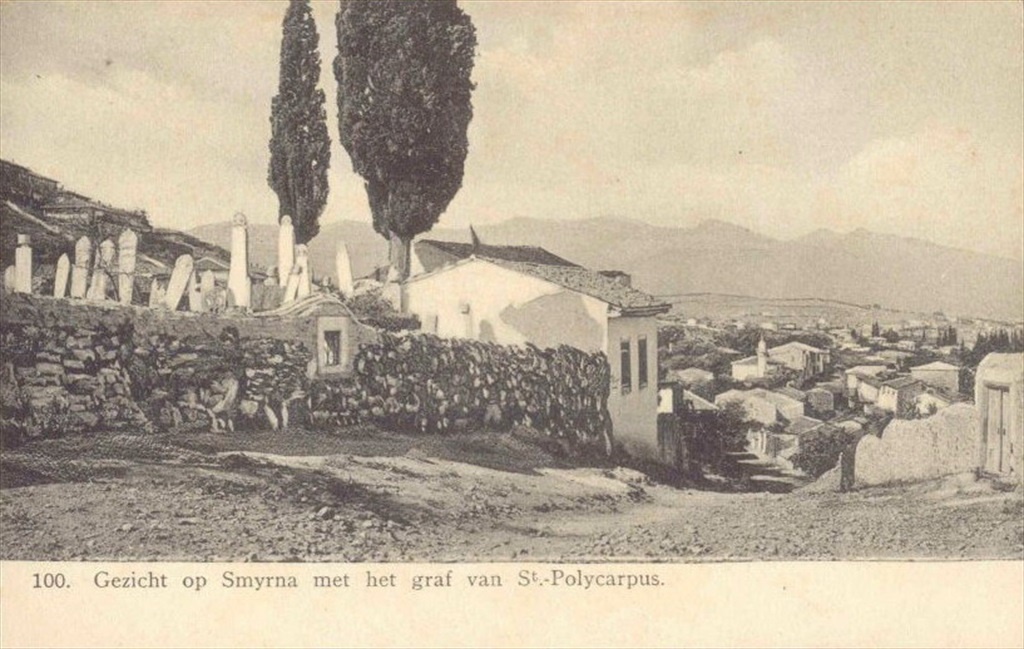Saint Polycarp is a significant religious figure, renowned both as the Bishop of Smyrna and as a holy martyr. A student of Saint John and possibly appointed as Bishop of Smyrna by him Polycarp is regarded as one of the Apostolic Fathers of the Church. As a leader, he played a key role in transmitting the Apostolic traditions he received. His unwavering devotion to Christ has inspired Christians for centuries, and his exemplary martyrdom for the sake of the Gospel, combined with his reputation as an outstanding teacher, further underscores his importance.
Smyrna was the center of early Christian activity from the late first century until the early third century. Although Christians in Roman territories were occasionally subjected to harsh repression due to the suppression of their faith, their numbers gradually increased, thanks in part to the tolerance shown by certain emperors starting with Trajan. Saint Polycarp, a symbol of the Christian faith in İzmir, was respected not only by his congregation but also by the broader public. It is known that Christians in Smyrna suffered persecution and were brutally tried for their beliefs during the reign of Roman Emperor Antoninus Pius. In the year 155, when persecutions against Christians intensified, Saint Polycarp who had led the Smyrna Church from 115 to 155 was among the Christians arrested at the Smyrna Stadium during the festivities of the Asia Province Cities Union.
When the torture of Christians began in the region, his friends advised Polycarp to hide in a house outside Smyrna. Although he later moved to another country house and continued to hide there, he was eventually captured by soldiers after a tortured slave revealed his location. He was then taken to Smyrna to be executed. Along the way, although the soldiers urged him to renounce Jesus, he refused, and when he was thrown from the carriage, Polycarp injured his feet. Upon arriving at the stadium, he was ordered to accept the imperial cult, offer sacrifices for the emperor, and burn incense but he steadfastly refused. Resisting all pressures from the Roman Empire with courage, he was burned to death at the Roman Stadium on the İzmir Acropolis on February 23, 155, during the proconsulship of L. Statius Quadratus (AD 154–155).
The Smyrna Stadium held an important place for Christians. Although today the stadium known as the site where Saint Polycarp, İzmir's first Christian martyr, was burned to death lies beneath modern houses, its location can still be discerned from the region's topography.






Comments
No comment left, would you like to comment?